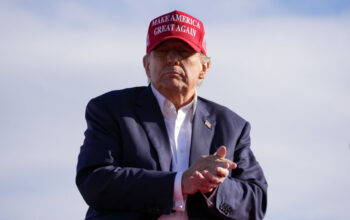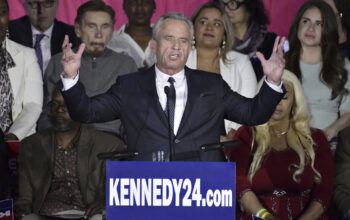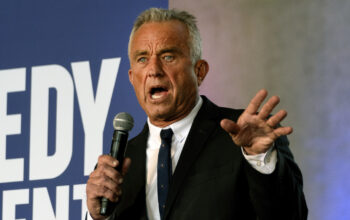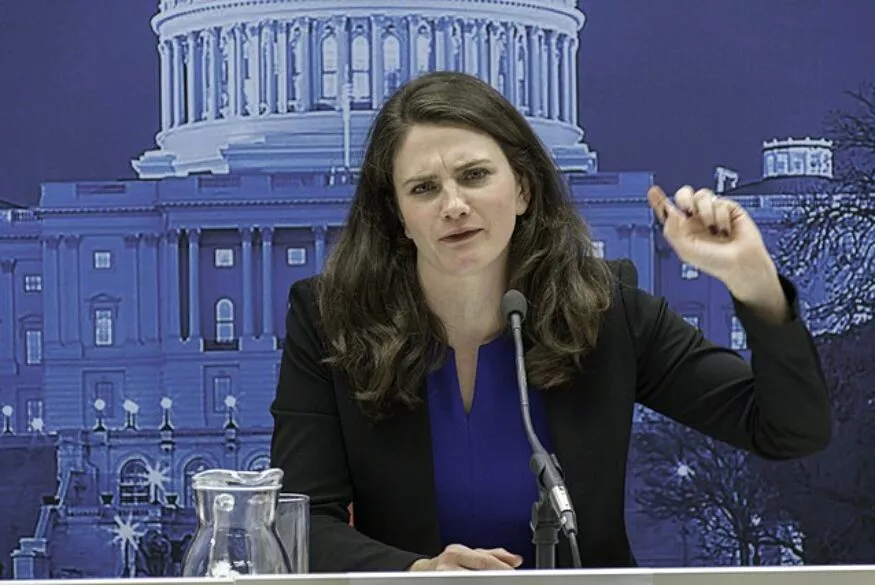Republican presidential candidate Vivek Ramaswamy’s campaign is pivoting its advertising focus in the final weeks before the Iowa caucuses. This is due to data showing no future television ad space reserved currently by the campaign. Results from AdImpact indicate that despite announcing an eight-figure advertising campaign targeting Iowa and New Hampshire, there are no future ad bookings heading into next month’s Iowa caucuses. To date, the campaign has spent $1.8 million on TV ads in Iowa and another $1.3 million on TV ads in New Hampshire.
Ramaswamy’s team has decided to shift away from TV ads and adopt a more targeted approach to reach specific voters effectively. In a social media post on Tuesday, Ramaswamy called spending on TV ads “idiotic” and “low-ROI” as he shared a post from a user suggesting that younger voters may not be regular TV consumers. This shift in the campaign strategy has sparked speculation that it could signal an end to the campaign before the Iowa caucuses on January 15. However, Ramaswamy has since affirmed that he plans to offer a “Big surprise coming on Jan 15” and aims to stay in the Republican primary through next month’s caucuses.
Ramaswamy’s low spending on TV ads has caught the attention of industry experts. Since launching in February, his campaign has only spent a total of $4.7 million on TV advertising, a relatively small sum compared to his Republican rivals. Additionally, American Exceptionalism PAC, the super PAC backing Ramaswamy, has provided only $3.2 million in ad spending support.
The campaign has relied on media interviews and social media to spread their message effectively. In November, the team released their first TV ad as part of their plan to spend at least $10 million on advertising across TV, radio, digital, and direct mail.
While the Ramaswamy campaign has no current commitment to future TV ads, this does not imply any lack of confidence in the campaign, as asserted by Ramaswamy himself, “We’re going with this to the very end. I expect we’re going to be successful.” In contrast, the shift to a more targeted campaign strategy follows a trend in political advertising to direct spending on social media. This shift is based on data indicating that the majority of millennials and Generation Z prefer social media and online platforms to TV and print media.
Ramaswamy’s campaign has distinguished itself as one of the lower spenders on advertisements in the Republican presidential race while upholding its commitment to using data-driven strategies. By aiming to reach specific voters with targeted messages, it hopes to achieve substantial ROI margins that could set a new standard in political campaigning.

















